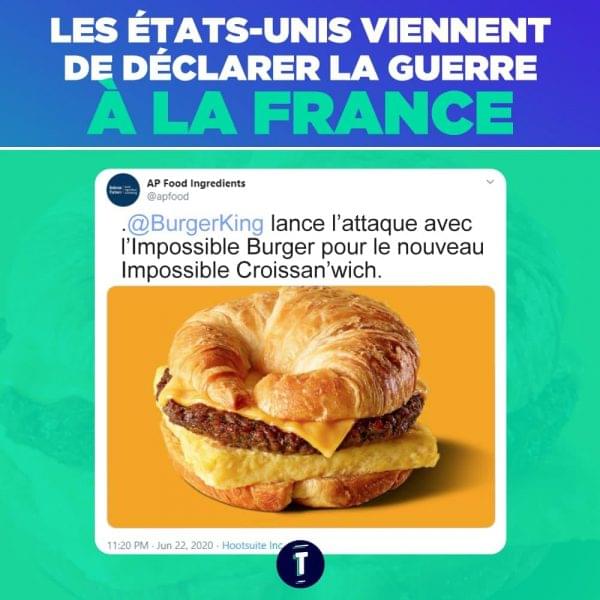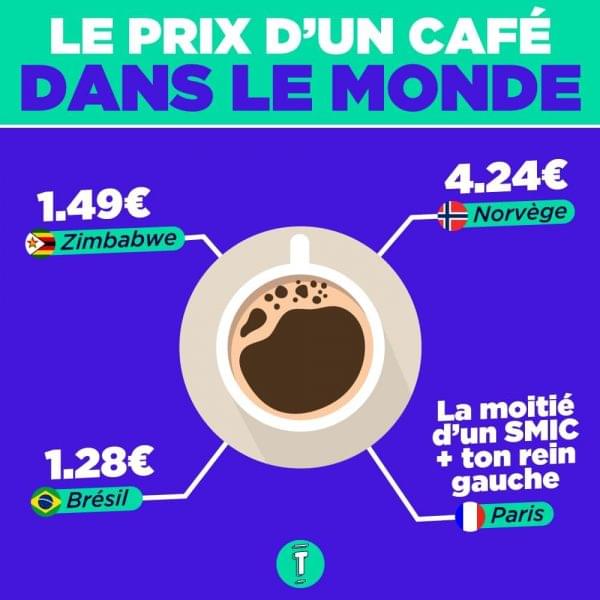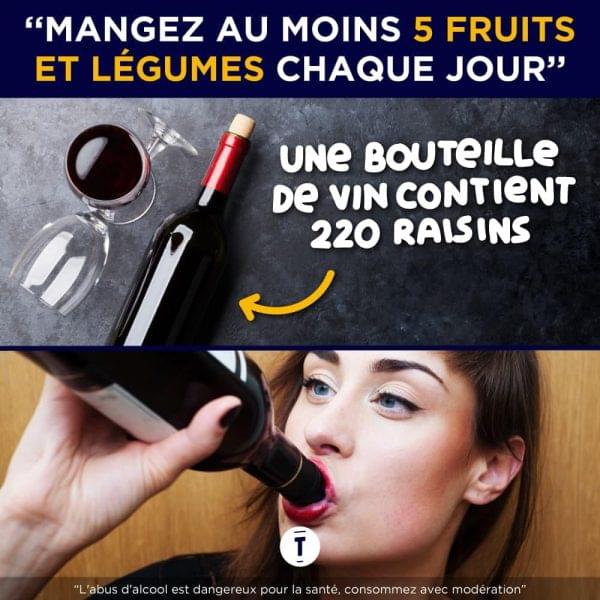Restaurants lie to you, they just want you to order, like your dish and come back. There like that you are going to tell me that they are not really lying but that it is simply the principle of a restaurant that wants to retain its customers, and you are right, but there are techniques that they use in order to flip the brain and get what they want from you. It’s not clear ? Read on.
1. The atmosphere of the restaurant can influence your consumption: Lighting
If the lights are strong you may want to eat more quickly because you will feel a little attacked. Dim lights on the other hand will make you stay longer because you will eat more slowly. Depending on the type of restaurant: fast-food restaurant / more sedate restaurant, you will be able to see that the type of lighting differs.
2. The atmosphere of the restaurant can influence your consumption: The temperature
The same study on the atmosphere in the restaurant proves that the temperature of the room can play a role: the colder it is, the more people eat, because psychologically they have the impression that eating will warm them up. On the contrary, if it’s super hot, you don’t really want to put on a huge burger, that’s normal.
3. Restaurant color can make you eat more and faster
Certain colors would make you want to eat more, like yellow, orange and red. They generally appeal to feelings of joy and well-being. If these colors are flashy you will eat a lot and quickly, because the feeling caused by these colors can increase heart rate and appetite. If these same colors are in softer and less lively tones, you will want to take your time and be tempted to stay put to chain starter, main course, dessert and coffee.

4. The “healthy” dish that is not meant to be ordered
You can imagine that if fast food restaurants have a salad on the menu, it’s not for everyone to order it. This is actually a very serious psychological manipulation called “vicarious goal achievement”. Basically it’s very simple: you go to a restaurant, you see that there is a healthy dish on the menu, it reassures you because you see that you can eat healthy but you still order a big good thing greasy with fries. Why ? Because just having considered the option of eating healthy has reassured you and if there had only been fatty things on the menu, you would have felt guilty. It’s the same when you order a dish served with fries and salad, it reassures you.
5. DON’T EAT THE BREAD
Restaurants that serve you bread before you even order know one thing: that the carbohydrates in it are going to make you cringe even more. After a few bites, it’ll whet your appetite and you’ll order even more than you originally would have taken, which is a really bad idea.
6. The shape and color of the dishes can change the taste
Several studies have proven that the color and shape of the dishes are decisive in the perception of taste. In a white cup you are more likely to prefer the coffee than in a black cup, because the contrast of the coffee with the white of the cup may give you the feeling that it has more aromas. On dishes, the color of the plate can also give the impression that the dish is tastier, or sweeter, or more fruity.

7. Chairs send a message to you
You are seated comfortably on a padded chair, at the right height of the table and your plate, you want to stay, you want to order and keep your table. If, on the contrary, you are on a stool, an uncomfortable chair, you will eat quickly and leave your place more quickly because at the end of your meal the discomfort will begin to be felt. Two schools, two modes of consumption, two types of catering.
8. Plate size matters
If the restaurant wants you to eat more, it will serve you your dish on a large plate, you will have the impression of eating less and having room to order something else: this is the Delboeuf illusion. If, on the other hand, you are at a buffet, we don’t want you to burst everything that is laid out, we give you smaller plates to prevent you from emptying the dishes, classic.
9. The second cheapest wine is the one on which restaurants make the most profit
You don’t want to order the most expensive wine, but you don’t want the cheapest either, so you do like everyone else: you take the second cheapest. And you know what ? The restaurant team knows it, that’s why it’s the wine on which they take the most margin, and it works.

10. The menu: the biggest trap in the world
The menu can confuse you in many ways that I suggest you see right away:
– The color of the text: if it’s red or yellow, we want you to order it, if it’s green we want you to believe it’s healthy, if it’s orange we want you take it in addition to your meal.
– The price and its position can be important: if it is displayed discreetly, we don’t want you to think about payment before your order. If several products are displayed in the same category and one of them is much more expensive than the others, it is to make you believe that the others cost nothing.
– The super long descriptions like “hot dog with cumin-spiced pickles on a bed of yellow spring onions grilled over a wood flame” make you pass a basic dish for something super elaborate.
– Some names of dishes grossly try to oversell the product: “The delicious New York method cheesecake”, “Roast veal like grandma used to make” when it’s just disgusting frozen food.

